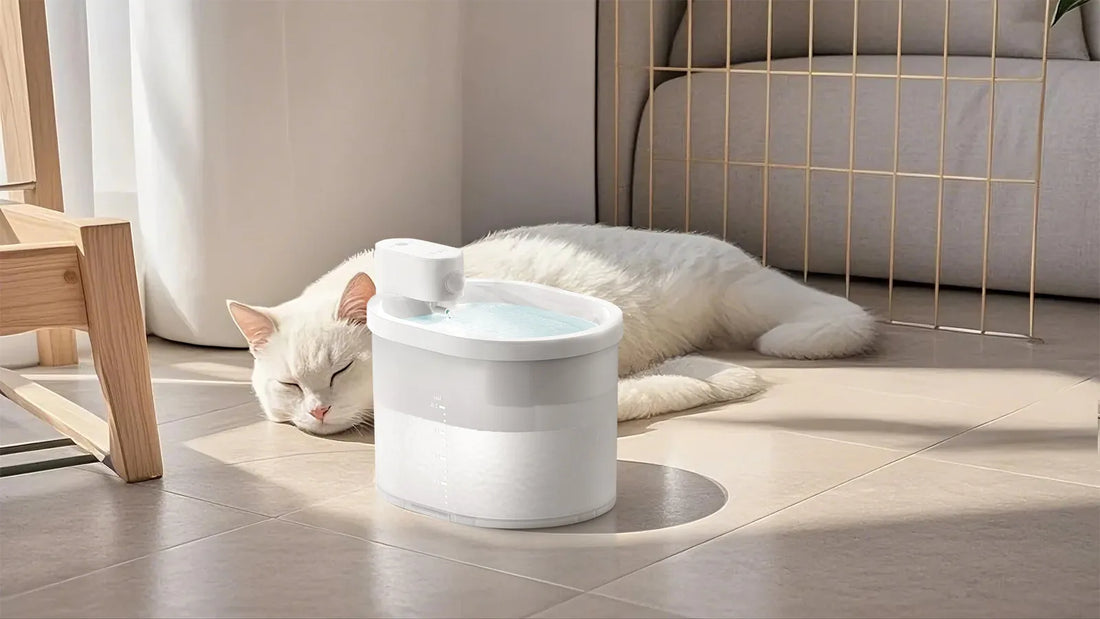If you've ever watched your dog inhale their food in seconds, you know how concerning it can be. Eating too quickly can lead to a host of health issues, from choking to bloating. Fortunately, a bowl to help dog eat slower can be a game-changer for your furry friend's health and happiness. In this article, we'll explore everything you need to know about these specialized bowls, including their benefits, types, and how to choose the best one for your pet.
Why Dogs Eat Too Fast
Understanding why dogs eat too quickly is the first step in addressing the problem. Some dogs are naturally competitive eaters, especially if they've had to share food with siblings or other pets. Others may simply be excited about mealtime. Regardless of the reason, rapid eating can lead to serious health issues like choking, vomiting, and even a life-threatening condition called gastric dilatation-volvulus (GDV), commonly known as bloat.
The Benefits of a Slow-Feeding Bowl
A bowl to help dog eat slower offers numerous benefits. First and foremost, it encourages your dog to eat at a more controlled pace, reducing the risk of choking and bloat. Additionally, slow feeding can improve digestion and nutrient absorption, leading to better overall health. These bowls can also provide mental stimulation, as your dog has to work a bit harder to get their food, which can be especially beneficial for high-energy breeds.
Types of Slow-Feeding Bowls
There are several types of bowls designed to help dogs eat slower. Some feature raised ridges or mazes that force your dog to navigate around obstacles to reach their food. Others have multiple compartments or sections that require your dog to eat from different areas. The best type for your dog will depend on their size, eating habits, and personal preferences.
How to Choose the Right Bowl
When selecting a bowl to help dog eat slower, consider factors like size, material, and ease of cleaning. The bowl should be appropriately sized for your dog's breed and eating habits. Materials like stainless steel or BPA-free plastic are durable and easy to clean. Additionally, look for a bowl that is dishwasher-safe for added convenience. It's also important to choose a design that your dog will find engaging but not frustrating.
Tips for Transitioning to a Slow-Feeding Bowl
Introducing a new bowl to your dog may require some patience. Start by mixing their regular food with the new bowl to help them get used to the change. You can also try adding a bit of wet food or broth to make the transition more appealing. Be patient and give your dog time to adjust to the new eating pace. Over time, they'll likely come to enjoy the challenge and the health benefits that come with it.
Common Mistakes to Avoid
While a bowl to help dog eat slower can be incredibly beneficial, there are some common mistakes to avoid. One is choosing a bowl that's too complicated for your dog, which can lead to frustration and refusal to eat. Another mistake is not cleaning the bowl regularly, which can lead to bacterial growth. Finally, avoid using the bowl as a substitute for proper portion control and a balanced diet.
Frequently Asked Questions
Many pet owners have questions about slow-feeding bowls. Some common queries include whether they are suitable for all breeds, how to clean them, and whether they can be used for wet food. The answer to these questions largely depends on the specific bowl and your dog's needs. Always consult with your veterinarian if you have any concerns or questions about your dog's eating habits.
Investing in a bowl to help dog eat slower is one of the best decisions you can make for your pet's health and well-being. Not only does it reduce the risk of serious health issues, but it also provides mental stimulation and improves digestion. With so many options available, you're sure to find the perfect bowl for your furry friend. So why wait? Make the switch today and give your dog the gift of a healthier, happier mealtime experience.













